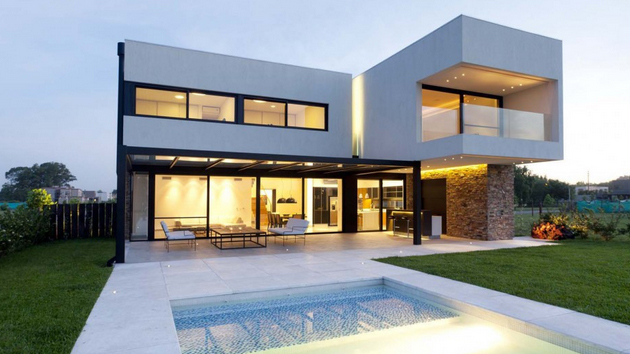One of my favorite architects from this time period would have to be the well known Dorothy Draper. One of her most well known projects that she designed was the Greenbier Hotel in West Virginia. She was known for dramatic use of black and white on walls, floors, and upholstered pieces. Her style focused around modern baroque and she incorporated vivid colors to make feel happy and comfortable.

Another architect that I admire from this period is man named Billy Baldwin. He designed spaces for the middle class as well as having many famous clients. He worked with a restricted color scheme, and disdained the florid, baroque, and rococo in entirety. However, he focused on being clean cut, hard edged, and pared down in his design. One of my favorite interiors he designed was the Kenneth Hair Salon in New York.

Lastly, I really loved the Elephant Chair designed by Jaques-Emile Ruhlmann. It was a very unique chair that displayed a great sense of comfort as well as really resembling parts on an elephant.

Here are some current application that I found:
This is a modern version of the Denham Maclaren Armchair

Here is a modern version of the elephant armchair

I reviewed Samantha's blog and she picked out some great interiors of the Greenbier Hotel and also pointed out each designer's strengths and main focuses.
I also reviewed Nichole's blog and she used a great example of a cluster of interiors done by Elsie de Wolfe.
Youtube video clip on Dororthy Draper's Greenbier Hotel design:
https://www.youtube.com/watch?v=m7_cycJBTPg

